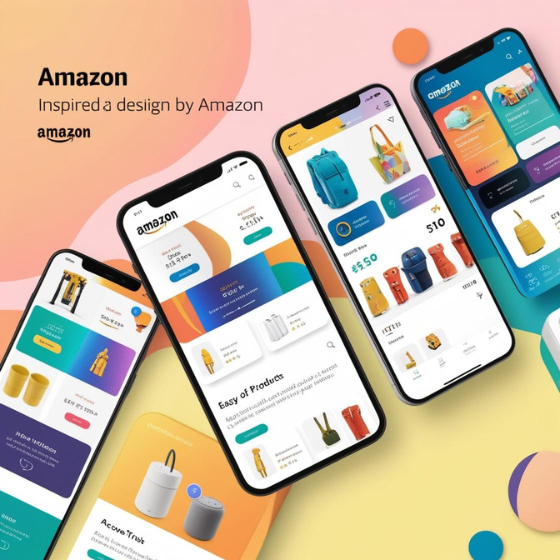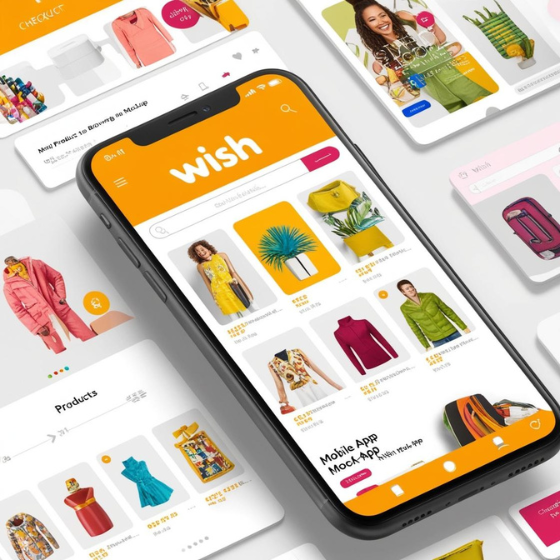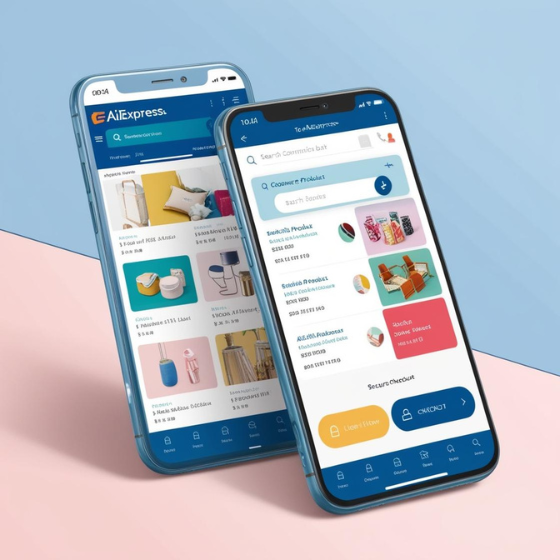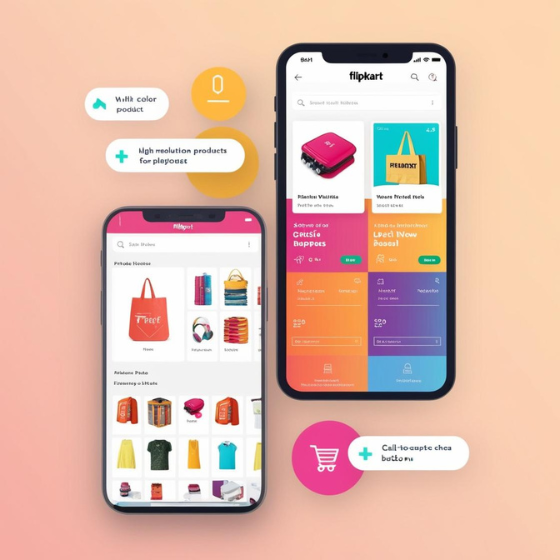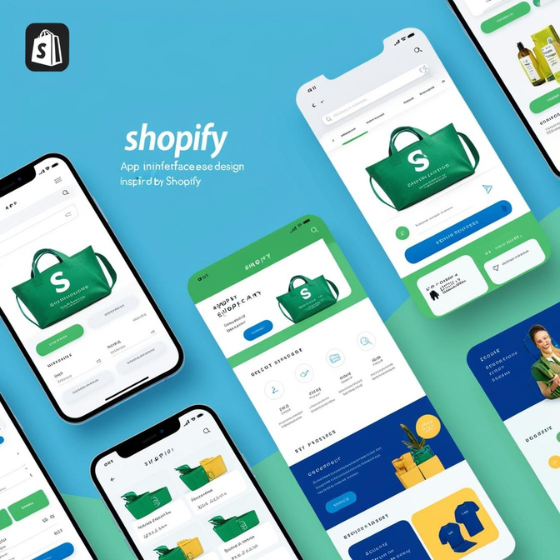How to Make an App Like Amazon: A Comprehensive Guide to Building a Powerful E-Commerce Platform
In today’s rapidly expanding e-commerce market, the idea of creating an app like Amazon is more appealing than ever. With over 300 million active customer accounts worldwide, Amazon has established itself as a leader in online retail. But how can you replicate this success and build your own e-commerce app with the same potential? In this guide, we’ll walk you through the essential steps of developing an app like Amazon, giving you valuable insights and actionable advice on everything from planning to launching your platform. By the end of this blog, you’ll understand the key elements involved in creating a successful e-commerce app and how to execute them efficiently.
Why Build an E-Commerce App Like Amazon?
Before diving into the specifics of “How to Make an App Like Amazon,” it’s essential to understand why this is a great business idea. The global e-commerce industry has seen explosive growth over the past few years, and it’s projected to continue booming. In fact, the global e-commerce market is expected to reach $6.5 trillion by 2023, with a significant portion of that coming from mobile app purchases. With platforms like Amazon dominating the space, there is immense potential for new players to carve out their own niches, offer unique value propositions, and tap into a highly engaged, global market.
Building an app like Amazon allows you to provide customers with a seamless shopping experience, offer a wide range of products, and deliver personalized recommendations. Additionally, this type of platform offers multiple monetization avenues, including product sales, advertising, affiliate marketing, and premium services. However, while the opportunity is vast, creating an app like Amazon requires careful planning and execution.
Step 1: Define Your E-Commerce App’s Niche and Unique Value Proposition
When learning how to make an app like Amazon, one of the first decisions you’ll need to make is the niche of your platform. While Amazon sells everything from electronics to groceries, you might want to focus on a specific market segment to build a more targeted audience. Whether it’s fashion, electronics, health products, or eco-friendly goods, defining your niche will allow you to stand out from the competition.
Once you’ve chosen your niche, you must also create a unique value proposition (UVP). What makes your app different from Amazon or other e-commerce platforms? Perhaps you could offer faster delivery, exclusive products, or enhanced customer service. By providing clear value to your target audience, you can attract loyal users and build a sustainable business model.
Step 2: Choose the Right Features for Your App
To replicate the success of Amazon, your app will need several key features that drive user engagement and streamline the shopping experience. Here are some essential features you should consider when learning how to make an app like Amazon:
- User-friendly Interface: Amazon’s clean and intuitive design makes it easy for users to navigate the platform. Your app should have a user-friendly interface that allows customers to search for products, browse categories, and manage their accounts effortlessly.
- Product Pages with Detailed Information: Every product page should have high-quality images, detailed descriptions, customer reviews, and related product suggestions.
- Advanced Search and Filters: A robust search function with advanced filters (by category, price, ratings, etc.) is crucial to help users find exactly what they’re looking for quickly.
- Payment Gateway Integration: Secure and smooth payment integration is vital for an e-commerce app. Your platform should support multiple payment methods, including credit cards, PayPal, and mobile wallets.
- User Accounts and Personalization: Amazon’s success is largely due to its ability to personalize the shopping experience. Your app should allow users to create accounts, save preferences, and receive product recommendations based on browsing and purchasing history.
- Order Tracking and Notifications: Allow users to track their orders in real time and receive push notifications about shipment status or sales promotions.
- Customer Support and Reviews: Customer support is vital in building trust. Integrating a live chat or chatbot feature will enable users to get help quickly. Reviews and ratings will also help potential buyers make informed decisions.
Each of these features is important in creating an app like Amazon. By focusing on ease of use, security, and personalization, you’ll increase customer satisfaction and drive sales.
Step 3: Select the Right Technology Stack
The technology you choose to develop your app will play a significant role in its success. Here’s a breakdown of the essential tech stack you’ll need when learning how to make an app like Amazon:
- Mobile App Development Frameworks: For cross-platform mobile app development, consider frameworks like React Native or Flutter. Both allow you to build apps for both iOS and Android with a single codebase, saving time and resources.
- Backend Development: The backend is the engine of your e-commerce app, managing product databases, orders, payments, and user information. Consider using server-side technologies like Node.js, Ruby on Rails, or Django to handle the backend development.
- Cloud Hosting: Cloud solutions like AWS (Amazon Web Services), Microsoft Azure, or Google Cloud will help you scale your app efficiently as your customer base grows. These platforms also offer powerful tools for hosting databases, running analytics, and managing security.
- Database Management: An e-commerce app requires a robust database to store product, user, and transaction data. Popular options include MySQL, PostgreSQL, or NoSQL databases like MongoDB.
- Payment Processing APIs: Integration with payment processors like Stripe, PayPal, and Square will ensure seamless financial transactions within your app.
When selecting a tech stack, it’s important to consider factors like scalability, security, and ease of maintenance. Consulting with a development team can help ensure you make the right technology choices based on your business requirements.
Step 4: Develop the App and Test Its Functionality
Once you’ve defined the features and chosen your tech stack, it’s time to start developing the app. A common approach is to build a minimum viable product (MVP) first. This version of the app should include only the essential features, allowing you to test the core functionality and gather user feedback before expanding.
During development, make sure to conduct thorough testing to identify any bugs or issues that could affect the user experience. Testing should include:
- Usability Testing: Ensure that users can easily navigate the app, make purchases, and interact with key features.
- Security Testing: Given the sensitive nature of customer data and payment information, robust security testing is essential.
- Performance Testing: Make sure the app loads quickly and performs well, even with a large number of users or heavy traffic.
By continuously testing and improving your app during the development phase, you’ll create a smooth and reliable product for your users.
Step 5: Launch, Market, and Scale Your App
After successfully building your e-commerce app, the next step is launching it to the public. However, the launch is just the beginning. Here are a few tips for marketing and scaling your app:
- App Store Optimization (ASO): Optimize your app’s listing on Google Play and the App Store with relevant keywords, compelling descriptions, and eye-catching visuals.
- Digital Marketing: Use social media, search engine optimization (SEO), email marketing, and paid ads to attract customers to your app. Offering promotions, discounts, or referral programs can incentivize users to download and share your app.
- Customer Feedback and Updates: Regularly update your app based on user feedback to improve functionality, add new features, and fix bugs. Providing excellent customer service and listening to user suggestions can help build a loyal customer base.
As your app gains traction, focus on scaling it by expanding your product offerings, improving your supply chain, and optimizing performance. Consistent updates and an ongoing marketing strategy will ensure your app remains competitive and grows sustainably.
Conclusion: Key Takeaways and Next Steps
Building an app like Amazon is a complex but rewarding endeavor. From defining your niche to selecting the right features and technology stack, each step plays a crucial role in creating a successful platform. By offering a personalized shopping experience, focusing on security, and continuously improving your app, you can tap into the growing e-commerce market and build a loyal customer base.
If you’re ready to turn your idea into a reality, Sodio can help. Our experienced team of developers and consultants can guide you through every stage of building your app, from concept to launch. Explore our app development services and get in touch with us today to start your journey toward creating a successful e-commerce platform.
